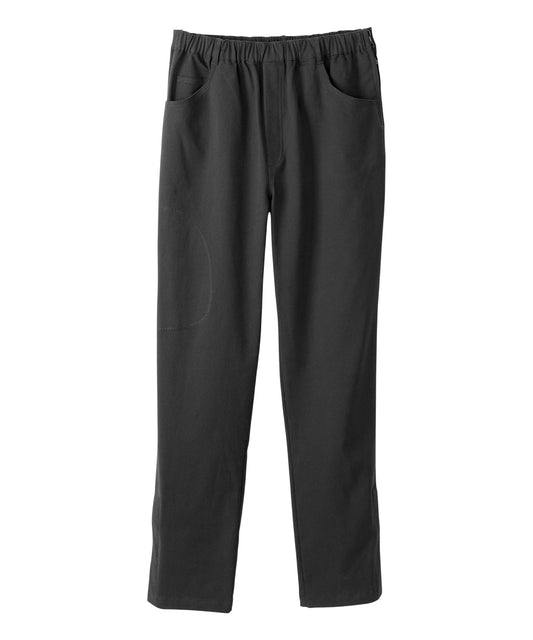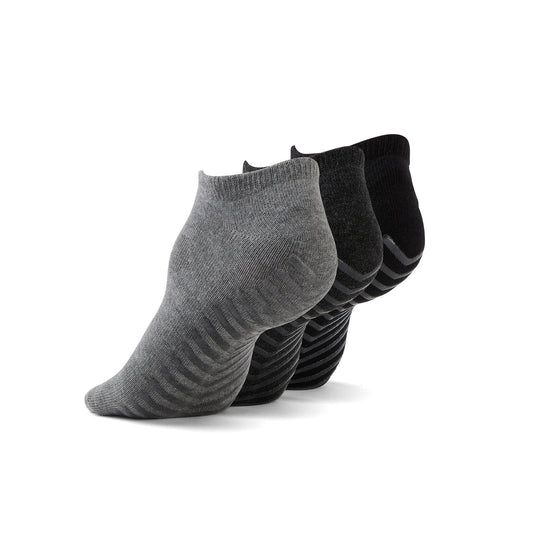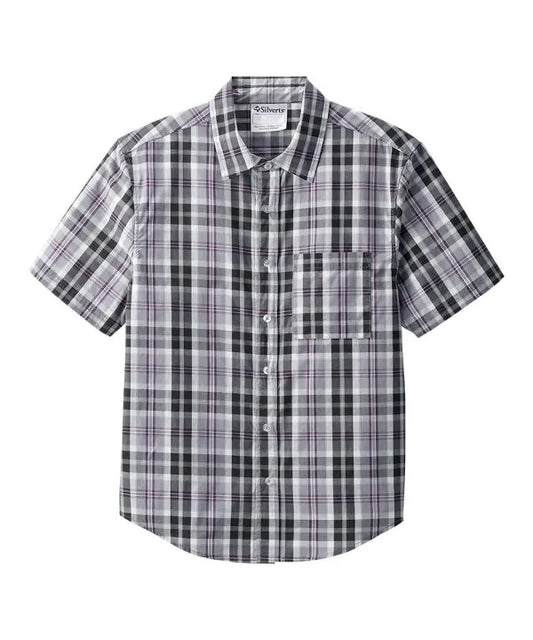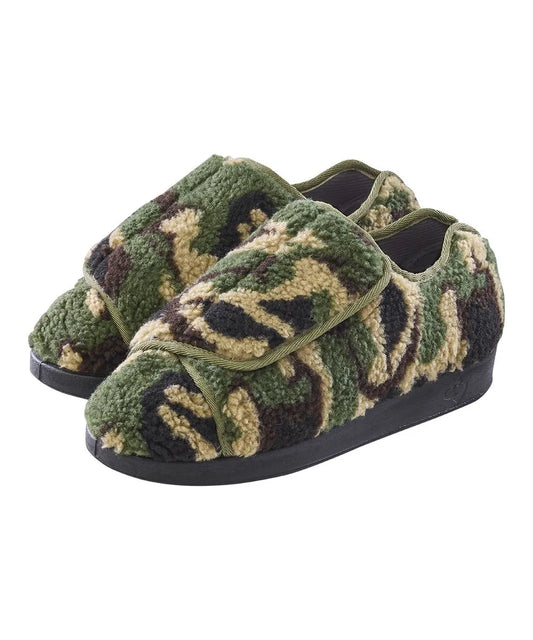Written by Eliza Gilani
Aging brings numerous changes, often making everyday tasks more challenging. For many seniors, conditions like arthritis, reduced mobility, and cognitive decline transform the simple act of dressing into a daily struggle. Tasks once taken for granted, such as buttoning shirts or putting on socks, can become sources of pain, frustration, and dependence. Traditional clothing, with its intricate designs and demanding fastenings, poses significant obstacles. However, adaptive clothing emerges as a revolutionary solution, offering seniors a way to regain control over their daily routines, preserve their independence, and maintain their dignity.
The ability to dress oneself is more than a practical matter; it is a cornerstone of personal independence and self-esteem. Losing this ability can be profoundly emotional. Clothing is a form of self-expression, reflecting personal identity and autonomy. When physical limitations, chronic pain, or cognitive impairments make dressing a struggle, seniors may feel a loss of control. This can lead to frustration, reduced self-confidence, social isolation, and even depression. Adaptive clothing serves as a vital bridge, providing stylish, functional, and easy-to-use solutions that restore confidence and promote self-sufficiency.
The growing awareness of inclusive fashion has spurred innovation in the clothing industry. More companies recognize the importance of designing clothing that meets the unique needs of seniors and individuals with disabilities while embracing modern styles. Adaptive clothing is not about compromising on fashion; it is about creating innovative designs that allow seniors to maintain their dignity, express their personalities, and engage in life without unnecessary barriers. These garments address the practical challenges of dressing, ensuring that aging does not equate to a loss of independence. From magnetic fasteners and elasticized waistbands to slip-on shoes and open-back designs, adaptive clothing empowers seniors to dress with ease and comfort, preserving their quality of life and fostering a sense of self-worth.
Why Dressing Becomes a Challenge for Seniors
The aging process is often accompanied by physical and cognitive changes that impact a senior's ability to perform everyday tasks, including dressing. These challenges are multifaceted and vary in severity.
Physical Limitations
Reduced dexterity and grip strength are common issues among seniors, stemming from conditions like arthritis or general muscle weakness. These conditions make it difficult to manipulate small buttons, hooks, and zippers, turning fastening tasks into painful ordeals. Limited mobility and flexibility further complicate dressing. Bending to put on shoes, reaching overhead to put on a shirt, or twisting to fasten a bra can become nearly impossible due to stiff joints or muscle pain. Balance issues also pose a significant risk. Many seniors struggle with balance, making it difficult to stand on one leg while putting on pants or maintain stability while struggling with tight-fitting clothing. This can increase the risk of falls and injuries.
Cognitive Decline
Cognitive decline, whether due to Alzheimer's disease, dementia, or other impairments, can also make dressing a challenging task. Complex clothing designs with multiple layers, intricate fastenings, or confusing patterns can be overwhelming. Seniors may struggle to remember the correct order of dressing, have difficulty understanding how to fasten closures, or become easily frustrated. This can lead to increased dependence on caregivers and a loss of self-esteem.
Sensory Impairments
Sensory impairments, such as decreased vision or reduced tactile sensitivity, can also contribute to dressing difficulties. Diminished eyesight can make it hard to see small buttons or distinguish between different colors, while reduced tactile sensitivity can make it difficult to feel fasteners or manipulate clothing.
These physical and cognitive challenges often result in seniors needing assistance from caregivers or family members to get dressed. This dependence can impact their sense of independence and self-esteem, leading to frustration, embarrassment, and loss of control. Adaptive clothing aims to address these challenges by providing clothing solutions designed to be easy to put on and take off, regardless of physical or cognitive limitations.
How Adaptive Clothing Supports Senior Independence
Adaptive clothing is designed with the specific needs of seniors in mind, removing barriers that make dressing difficult. By incorporating innovative features and user-friendly designs, adaptive clothing allows seniors to maintain their autonomy and dignity while simplifying the dressing process.
Simplified Closures
Traditional buttons and zippers are often replaced with magnetic closures and Velcro fastenings, which require minimal dexterity and grip strength to operate. These closures allow seniors with arthritis or other hand impairments to easily fasten and unfasten their clothing without pain or frustration.
Elastic Waistbands and Side-Fastening Pants
Elastic waistbands and side-fastening pants eliminate the need for bending and struggling with rigid closures. These designs provide a comfortable and secure fit without requiring the wearer to contort their body or manipulate complicated fastenings. This is particularly beneficial for seniors with limited mobility or back pain.
Slip-On Shoes and Adaptive Footwear
Slip-on shoes and adaptive footwear reduce the risk of falls by eliminating the need for laces or tight-fitting shoes that can be difficult to put on and take off. These shoes often feature wide openings, adjustable closures, and non-slip soles to provide a secure and comfortable fit while minimizing the risk of slips and falls. For those looking for practical and stylish adaptive footwear, June Adaptive offers a variety of options that combine ease of use with fashionable designs like these women's extra wide comfort adjustable shoes with easy closures.
Women's Extra Wide Comfort Adjustable Shoes With Easy Closures
Open-Back and Front-Fastening Designs
Open-back and front-fastening designs are particularly helpful for individuals with limited shoulder mobility or those who require assistance with dressing. These designs allow caregivers to easily dress seniors without requiring them to raise their arms or struggle with traditional clothing closures.
By simplifying the dressing process, adaptive clothing gives seniors more control over their daily routines and reduces their dependence on others. This can have a profound impact on their self-esteem, confidence, and overall quality of life. Adaptive clothing empowers seniors to maintain their independence and continue living fulfilling lives, despite the challenges of aging.
The Impact of Adaptive Clothing on Caregivers and Families
Adaptive clothing not only benefits seniors but also has a significant positive impact on caregivers and family members who assist with dressing. Caring for an aging loved one can be physically and emotionally demanding, and dressing assistance is often one of the most challenging tasks.
Reduced Physical Strain
Adaptive clothing significantly eases the dressing process by reducing the physical strain on caregivers. Clothing with open-back designs, side zippers, and Velcro fastenings allows for quicker and more comfortable dressing, minimizing the physical effort required to assist someone with limited mobility. Caregivers can avoid awkward bending, lifting, and twisting, which can help prevent back injuries and other physical ailments.
Enhanced Dignity and Comfort
Adaptive clothing promotes dignity and comfort for both the senior and the caregiver. Seniors feel more in control and less reliant on others, preserving their self-esteem and personal privacy. Caregivers can provide assistance with greater ease and respect, avoiding the frustration and discomfort that can arise from struggling with traditional clothing.
Minimized Frustration
Minimizing frustration is another key advantage of adaptive clothing. Dressing routines can become a source of stress and tension for both the senior and the caregiver. Adaptive clothing simplifies the process, making it a more positive and stress-free experience for everyone involved. This can improve the overall relationship between the senior and the caregiver and create a more harmonious living environment.
By making dressing easier and more efficient, adaptive clothing improves the quality of life for both seniors and those who care for them. It reduces physical strain, promotes dignity and comfort, and minimizes frustration, creating a more positive and supportive caregiving experience.
The Emotional Burden of Relying on Others for Dressing
Many seniors already struggle with feelings of being a burden on their families. As they age, they may require more assistance with daily tasks, and needing help to get dressed can contribute to feelings of guilt and dependence. Some seniors hesitate to ask for help even when they need it, fearing that they are taking up too much of their loved ones' time or adding to a caregiver’s workload. This reluctance to seek assistance can lead to frustration, embarrassment, and even social withdrawal. Adaptive clothing helps alleviate these concerns by enabling seniors to dress themselves with ease.
June Adaptives designs focus on easy-to-use closures and comfortable fits, reducing the need for assistance and enhancing the emotional well-being of both seniors and their families. Check out this women's front closure bra!
By incorporating features like magnetic closures, side-fastening pants, and slip-on shoes, adaptive wear allows seniors to maintain their dignity and independence. Knowing they can get dressed on their own without needing to ask for help provides an emotional boost, fostering confidence and a greater sense of self-sufficiency. Families also benefit, as they can feel reassured that their loved ones have an easier time managing daily routines without added stress.
Financial Accessibility of Adaptive Clothing
One challenge that remains for many seniors is the affordability of adaptive clothing. While these garments are highly beneficial, they can sometimes be more expensive than traditional clothing due to specialized designs and materials. Many seniors live on a fixed income, and budget constraints can make it difficult to invest in adaptive fashion. Increasing awareness about financial support options, such as senior discount programs, insurance coverage for medical-related clothing, or non-profit initiatives providing adaptive wear, can make these garments more accessible to those who need them most. Expanding affordability and access to adaptive clothing will be essential in ensuring that all seniors, regardless of their financial situation, can maintain independence and dignity.
The Role of Adaptive Clothing in Assisted Living Facilities
Adaptive clothing is not only beneficial for seniors living independently but also plays a critical role in assisted living communities. Caregivers working in these facilities assist multiple residents daily, and adaptive clothing streamlines the dressing process, reducing strain on both staff and residents. Clothing designed with easy fastenings, open-back tops, and slip-on footwear helps caregivers dress seniors with mobility limitations efficiently, ensuring dignity and comfort. Additionally, residents of assisted living homes benefit from greater ease and independence when they can dress themselves without assistance, fostering a greater sense of autonomy and self-confidence.
Conclusion
Adaptive clothing is an essential tool for maintaining independence and dignity as seniors age. It addresses not only physical challenges but also emotional and social concerns, providing comfort, confidence, and self-sufficiency. By making dressing easier and reducing reliance on caregivers, adaptive clothing enhances quality of life for both seniors and those who support them. As innovations in the fashion industry continue, accessibility and affordability will be key in ensuring that all seniors benefit from these transformative solutions. Investing in adaptive fashion means investing in a future where aging does not mean losing one’s independence or sense of style.
Find the mentioned products and more at JuneAdaptive.com. Subscribe to our newsletter at the bottom of this page for more content like this.

















